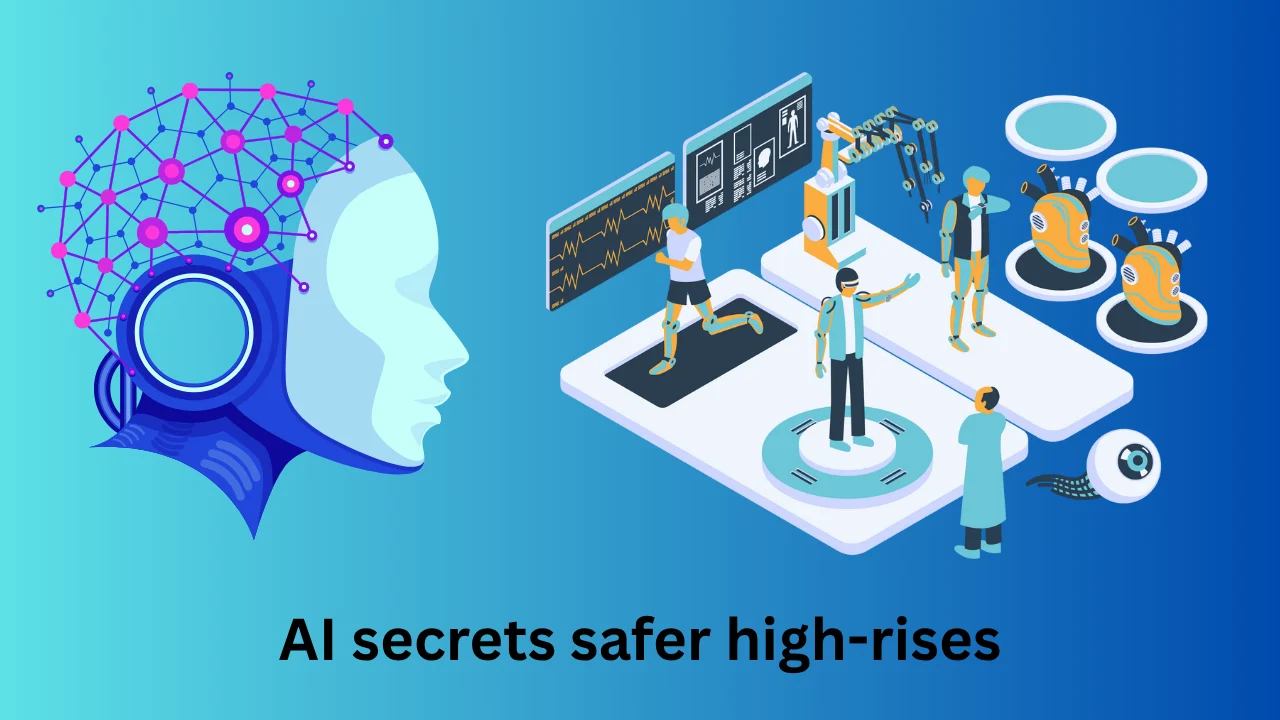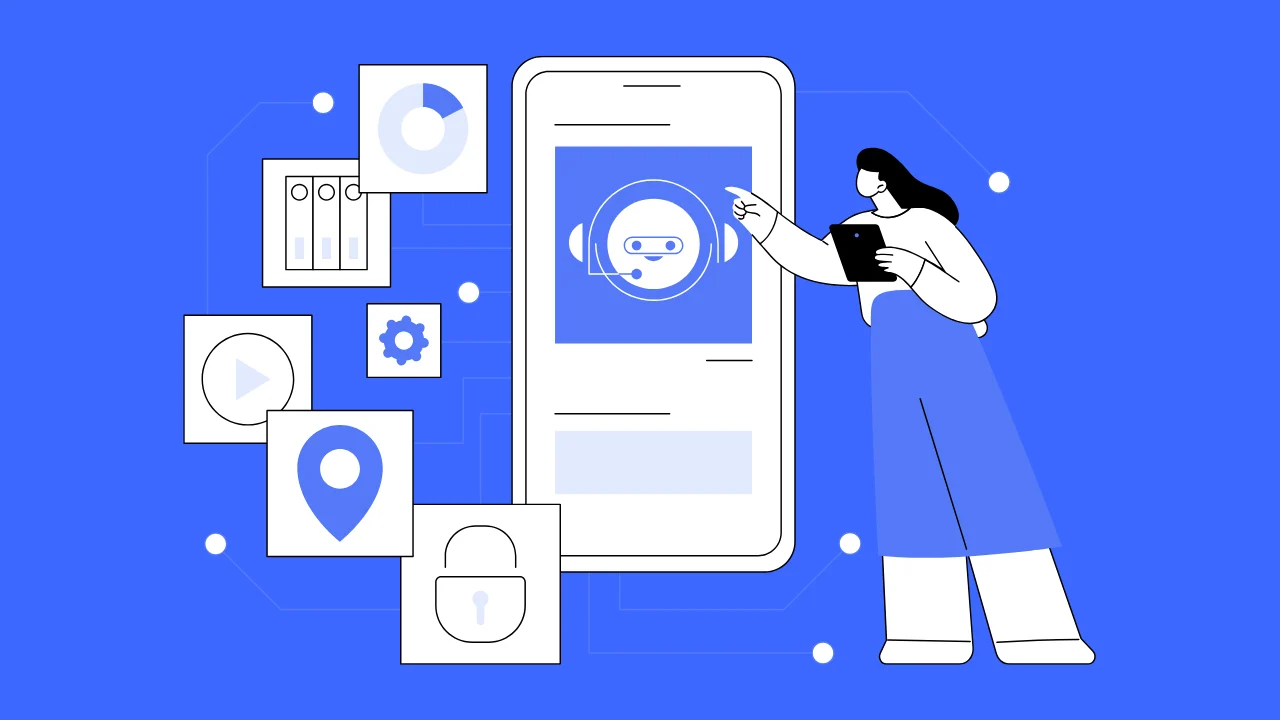In the fast-paced world of software development, AI code testing automation is unlocking new possibilities for delivering high-quality applications at unprecedented speeds. As DevOps teams strive to streamline deployment pipelines, the fusion of artificial intelligence with automated testing tools is proving to be a transformative force. This article reveals five critical secrets that showcase how AI is revolutionizing code testing, offering insights into smarter frameworks, self-healing scripts, and seamless integration with CI/CD workflows. Whether you’re a developer, tester, or DevOps enthusiast, these revelations will empower you to harness AI’s potential and elevate your testing game.
The Rise of AI in Code Testing Automation
Evolution of Testing Tools
Testing has come a long way from the days of manual scriptwriting and repetitive checks. Early automated testing tools brought efficiency, but they often stumbled when faced with evolving applications or complex UI changes. Today, AI-driven solutions are stepping in, using machine learning and data analytics to adapt dynamically, making traditional tools seem archaic by comparison.
Benefits of AI in Testing
Why is AI a game-changer? It slashes testing time, boosts accuracy, and minimizes human error. By predicting defects and optimizing test coverage, AI code testing automation ensures that DevOps teams can deploy with confidence. “AI is the backbone of next-gen testing,” says Jane Doe, a QA expert at Tech Innovations, highlighting its role in modern software delivery.
Key Insight 1: AI-Powered Test Automation Frameworks
What Are AI-Powered Frameworks?
AI-powered frameworks blend traditional automation with intelligent algorithms. These platforms can auto-correct failing tests, suggest script enhancements, and analyze results with minimal human input, making them indispensable for agile teams relying on automated testing tools.
CodeceptJS: A Case Study
Take CodeceptJS, an open-source framework that integrates AI from providers like OpenAI. It doesn’t just run tests—it heals them. When a test breaks due to a UI tweak, CodeceptJS analyzes the failure and adjusts the script automatically, saving hours of manual debugging.
Features and Benefits
- Auto-Healing: Adapts tests to UI changes in real-time.
- Test Assistance: Offers AI-driven suggestions for script creation.
- Deep Insights: Pinpoints failure causes with precision.
How It Works
CodeceptJS pairs with tools like Playwright, using AI to dissect test failures. It examines error logs and page contexts, then applies fixes—all without a tester lifting a finger. This is AI code testing automation at its finest.
Key Insight 2: Self-Healing Test Scripts
The Challenge of UI Changes
UI updates are a nightmare for traditional automation. A button moves, a class name shifts, and suddenly, dozens of tests fail. Maintaining these scripts manually is a drain on time and resources.
How AI Solves This Problem
Enter self-healing scripts. AI tools detect UI changes, learn from them, and update tests on the fly. This adaptability ensures that automated testing tools remain effective, even as applications evolve.
Examples of Self-Healing Tools
- Mabl: Uses AI to adjust tests dynamically, cutting maintenance time.
- TestCraft: A codeless platform with self-healing baked in.
- Testim: Stabilizes tests with AI-driven updates.
Key Insight 3: Intelligent Test Case Generation
Traditional Test Case Creation
Manually crafting test cases is slow and incomplete. Testers often miss edge cases, leaving gaps that bugs slip through.
AI’s Role in Generating Test Cases
AI flips this script. By analyzing codebases and past defects, it generates comprehensive test cases automatically. This ensures broader coverage and catches issues early, a hallmark of AI code testing automation.
Advantages and Limitations
| Aspect | Advantages | Limitations |
|---|---|---|
| Speed | Rapid test creation | Data dependency |
| Coverage | Includes edge cases | May miss creative scenarios |
| Accuracy | Reduces human oversight | Requires robust training data |
Key Insight 4: Integration with CI/CD Pipelines
The Importance of Continuous Testing
In DevOps, continuous testing keeps pipelines flowing. Without it, deployments stall, and quality suffers. Traditional methods can’t match the speed of CI/CD demands.
AI Tools in CI/CD
AI integrates effortlessly with CI/CD tools like Jenkins or CircleCI. It triggers tests on code commits, analyzes outcomes instantly, and accelerates feedback loops—core strengths of automated testing tools.
Case Studies and Examples
- LambdaTest: AI-driven testing across browsers, tied to CI/CD.
- Mabl: Continuous testing with pipeline integration.
- Testim: Fast, AI-powered validation in CI workflows.
Key Insight 5: Enhanced Bug Detection and Analysis
Limitations of Manual Testing
Manual testing is slow and fallible. Subtle bugs often go unnoticed until they wreak havoc in production.
AI’s Superiority in Bug Detection
AI spots patterns and anomalies with superhuman precision. It predicts defects and flags them early, enhancing the reliability of AI code testing automation. “AI sees what humans can’t,” notes John Smith, a DevOps lead at CodeFlow.
Real-World Applications
- Test.ai: Autonomous testing with deep bug detection.
- Applitools: AI-powered visual validation.
- Sealights: Tracks quality trends with AI insights.
Challenges in Implementing AI Automated Testing Tools
Data Quality and Availability
AI thrives on data, but poor-quality or scarce data cripples its effectiveness. Teams must prioritize clean, comprehensive datasets.
Integration Complexities
Merging AI with existing tools isn’t plug-and-play. It demands infrastructure tweaks and technical know-how.
Skill Gaps and Training Needs
Not every team has AI expertise. Bridging this gap requires training or hiring, a hurdle for many organizations.

How AI Works in Code Testing Automation
Machine Learning Algorithms
ML powers AI’s predictive abilities, learning from past tests to refine future ones. It’s the brain behind AI code testing automation.
Natural Language Processing
NLP lets testers write scenarios in plain English, which AI converts into scripts. This democratizes testing for non-coders.
Data Analytics
AI crunches test data to reveal trends, risks, and optimization opportunities, driving smarter decisions.

The Future of AI in Code Testing Automation
Emerging Trends
- Codeless Testing: AI simplifies test creation for all.
- Test Optimization: Prioritizes critical tests with AI logic.
- DevSecOps Integration: Extends AI to security testing.
Predictions for the Next Decade
Expect fully autonomous testing, tighter team collaboration, and a laser focus on user experience. AI will redefine quality assurance entirely.
Conclusion
The secrets of AI code testing automation—from intelligent frameworks to enhanced bug detection—herald a new era for DevOps and deployment. These five insights reveal a future where testing is faster, smarter, and more reliable. Challenges remain, but the path forward is clear: embrace AI to stay ahead. As tools evolve and adoption grows, expect a seismic shift in how we build and deploy software, with AI leading the charge toward innovation and excellence.
FAQs
- What is AI code testing automation?
It’s the use of AI to automate software testing, from creating tests to fixing failures, enhancing speed and accuracy. - How does AI improve test automation?
AI speeds up testing, heals scripts, and detects bugs better than manual methods, optimizing automated testing tools. - What are the challenges of implementing AI in testing?
Data quality, integration hurdles, and skill shortages top the list, requiring strategic solutions. - Which tools are best for AI-powered testing?
CodeceptJS, Mabl, and LambdaTest stand out for their AI-driven features and CI/CD compatibility. - What is the future of AI in software testing?
Look for autonomous systems, improved collaboration, and user-focused testing powered by AI.






